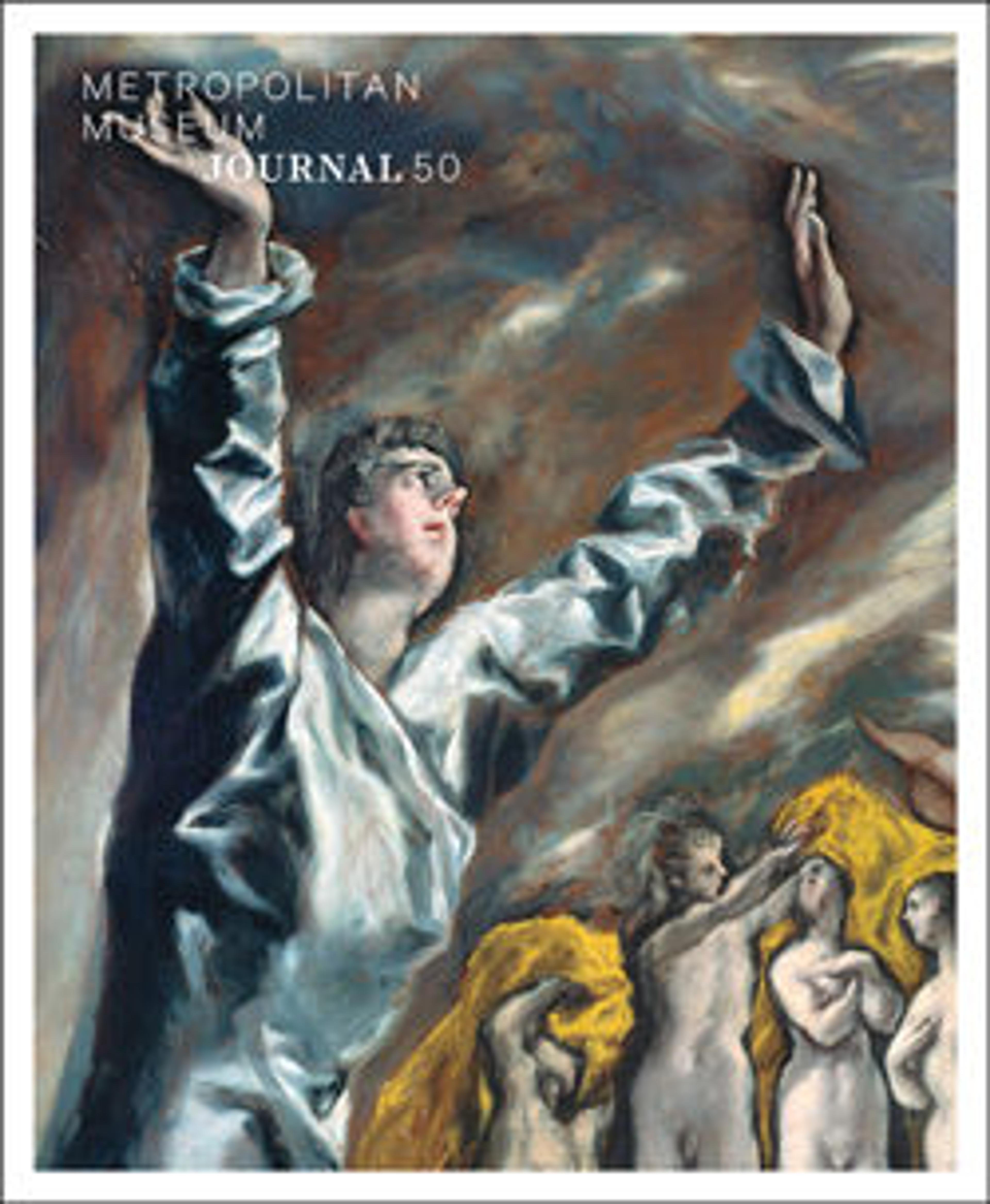View from the Quai d'Orsay
This view from the left bank of the Seine River encompasses the Tuileries Gardens and the Louvre, at left, and the Palais d'Orsay and Hôtel de Salm (Palais de la Légion d'Honneur), at right. Yet the prominence of the industrial barges and crane underscore the appeal of Paris’s working waterfront to Jongkind’s aesthetic sensibility. Jongkind first moved from Holland to France in 1846, sketching along the banks of the Seine from 1849 onward. In his studio, he transformed the sketches into oil paintings such as this one, which he showed in the 1855 Exposition Universelle in Paris.
Artwork Details
- Title: View from the Quai d'Orsay
- Artist: Johan Barthold Jongkind (Dutch, Latrop 1819–1891 La Côte-Saint-André)
- Date: 1854
- Medium: Oil on canvas, mounted on wood
- Dimensions: 17 1/4 x 26 in. (43.8 x 66 cm)
- Classification: Paintings
- Credit Line: Bequest of Meta Cecile Schwarz, 2001
- Object Number: 2001.652
- Curatorial Department: European Paintings
More Artwork
Research Resources
The Met provides unparalleled resources for research and welcomes an international community of students and scholars. The Met's Open Access API is where creators and researchers can connect to the The Met collection. Open Access data and public domain images are available for unrestricted commercial and noncommercial use without permission or fee.
To request images under copyright and other restrictions, please use this Image Request form.
Feedback
We continue to research and examine historical and cultural context for objects in The Met collection. If you have comments or questions about this object record, please contact us using the form below. The Museum looks forward to receiving your comments.
